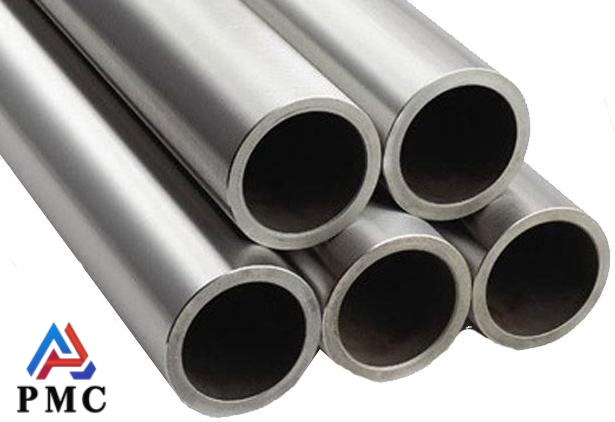
How to Remove Weld Spots from 304 Stainless Steel Pipes?
Welded pipes are made by welding, and the welds of 304 stainless steel pipes will leave more or less orange, blue, and black weld spots after welding, which are very difficult to remove. The presence of weld spots not only affects the appearance, but also accelerates corrosion in the atmosphere, reduces corrosion resistance, and has a certain impact on use. So, how to remove weld spots on 304 stainless steel pipes?
1. Use stainless steel welding spot cleaner, soak and wash for 5-20 minutes, which can quickly clean the welding spots, oxide scale, rust spots and other impurities on the surface of stainless steel welded pipes. No equipment is required, the operation is simple, and it is more suitable for large batches, complex or other small parts, with high cleaning efficiency. After cleaning, the surface of 304 stainless steel pipes presents a uniform matte white.
2. Use steel washing water, soak at room temperature, and generally treat for 10-30 minutes or longer (the specific time is determined by the user according to the trial situation of the workpiece). When the surface dirt is completely removed and a uniform silver-white surface is formed, it is considered that a dense passivation film has been formed. Then take it out and rinse it with clean water. It is best to use stainless steel neutralizing anti-rust liquid PV-D21 for neutralization and anti-rust treatment for better results.
This is actually a two-in-one method of pickling and passivation, which can effectively improve the corrosion resistance of 304 pipes and can pass the Japanese Industrial Standard Salt Spray Test for more than 500 hours. It is more suitable for convenient immersion of workpieces and cleaning of welding pipes with strict anti-corrosion requirements. The treated surface presents a completely uniform silver-white color.
3. Use pickling passivation paste to apply evenly. The time is 5-20 minutes. Its treatment effect and function are exactly the same as pickling passivation liquid. It is more suitable for surface welding cleaning of large 304 stainless steel pipes. Just apply the paste evenly and uniformly on the welding position, and rinse it with clean water after the welding spot is removed.
4. Use a weld cleaning machine for cleaning. It is suitable for welding spots of different sizes. It can be used for matte, brushed, and bright 304 stainless steel pipes. For irregular workpieces of different sizes, medium and high requirements can be cleaned with a weld cleaning machine. The principle is that after power is turned on, the ions in the electrolyte and the oxide scale at the welding spot undergo a chemical reaction to achieve the cleaning and polishing effect.

304 stainless steel welded pipes application areas
1. Building decoration: used for building railings, handrails, decorative lines, etc. Its aesthetics and corrosion resistance can improve the overall quality and service life of the building.
2. Food and beverage industry: used as pipelines, storage containers, etc. for food processing equipment, such as pipelines for conveying liquids such as milk and juice, because of its good hygiene, it will not cause pollution to food.
3. Chemical industry: In some relatively weakly corrosive chemical production links, it can be used to transport corrosive media, and its corrosion resistance ensures production safety and stability.
4. Automobile and home appliance manufacturing: It is used in automobile exhaust systems, home appliance frame structures and other components, using its strength and corrosion resistance to meet product performance requirements.


